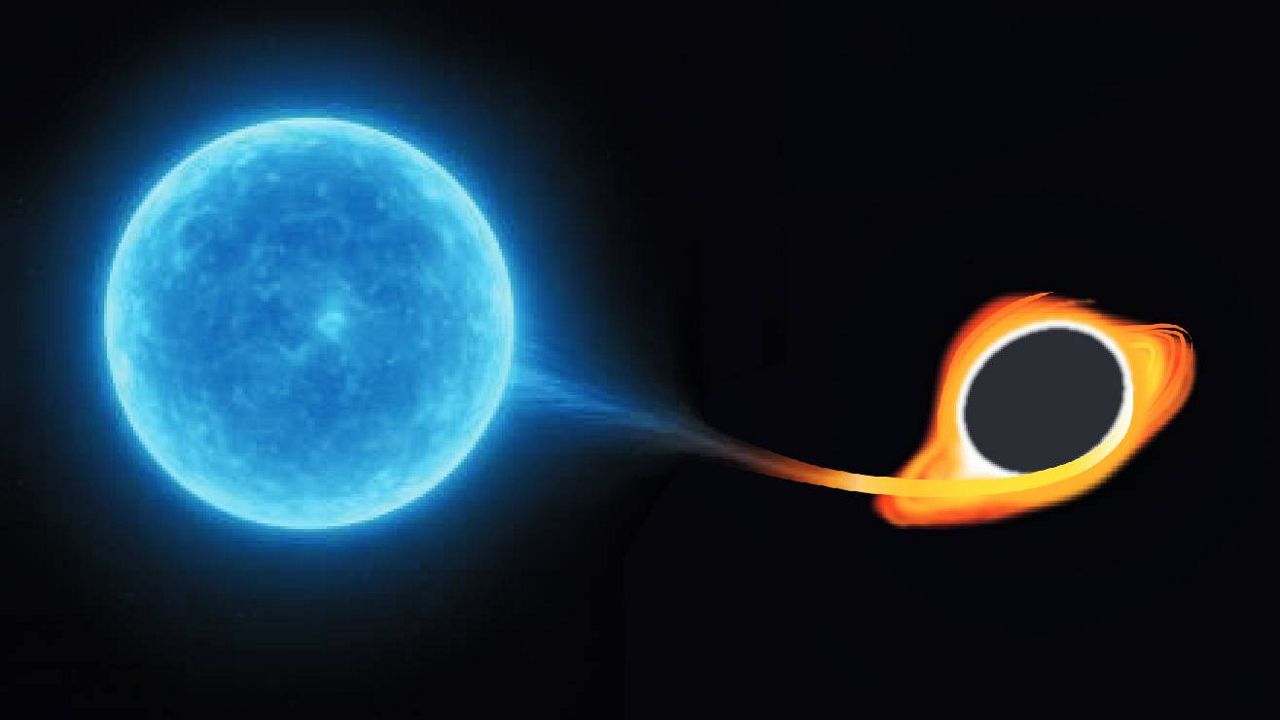While the rock ‘n’ roll world endlessly debates whether it’s better to burn out than to fade away, a team of scientists from the University of Hawaii’s Institute for Astronomy have discovered what it’s like to both burn out in specular fashion and not fade away for a long, long time.
Specifically, the team discovered a previously unrecognized, undefined type of cosmic explosion far rarer and far more energetic than supernovae — an explosion second only to the Big Bang itself. Dubbed “extreme nuclear transients,” these unfathomably powerful explosions occur when stars at least three times the mass of our sun are shredded by supermassive black holes.
“We’ve observed stars getting ripped apart as tidal disruption events for over a decade, but these ENTs are different beasts, reaching brightnesses nearly 10 times greater than what we typically see,” said Jason Hinkle, who led the study as the final piece of his doctoral research at IfA. “Not only are ENTs far brighter than normal tidal disruption events, but they remain luminous for years, far surpassing the energy output of even the brightest known supernova explosions.”
Millions of times rarer than supernovae (the explosive final phase of a star’s existence), ENTs produce an extreme brightness that can be seen in extremely distant galaxies, providing scientists a new way to study black holes in the early universe. Unlike more common cosmic explosions that fade over several weeks, ENTs glow steadily for years, according to the researchers.
Among the ENTs the team studied was Gaia18cdj, which released 25 times more energy than the most powerful supernova on record. In just one year, it radiated energy equal to the lifetime output of 100 suns. Most supernovae, in comparison, produce only one sun’s lifetime output over a similar timescale.
Hinkle said he first spotted the unique flares that mark an ENT while reviewing publicly available data from the Gaia space telescope.
“Gaia observations don’t tell you what a transient is, just that something changed in how bright it appears to us,” Hinkle said. “But when I saw these smooth, long-lived flares from the centers of distant galaxies, I knew we were looking at something unusual.”
Hinkle used years of observations from UH’s Asteroid Terrestrial-impact Last Alert System with telescopes on Haleakala and Mauna Loa, the W. M. Keck Observatory on Maunakea, and other telescopes on and orbiting the Earth to characterize these events. Researchers confirmed these weren’t supernovae or normal black hole activity. Instead, ENTs appear to be caused by a smoother, more drawn-out process, as stars multiple times as massive as our sun are slowly consumed by black holes.
ENTs provide a valuable new tool for studying massive black holes in distant galaxies,” said Benjamin Shappee, an associate professor at IfA who co-authored the study. “Because they’re so bright, we can see them across vast cosmic distances — and in astronomy, looking far away means looking back in time. By observing these prolonged flares, we gain insights into black hole growth when the universe was half its current age and galaxies were busy places — forming stars and feeding their supermassive black holes 10 times more vigorously than they do today.”
Astronomers hope to spot more ENTs and, with them, further glimpses into the powerful forces shaping galaxies across cosmic time. It is hoped that future observatories such as the Vera C. Rubin Observatory and NASA’s Roman Space Telescope could uncover many more of these events.
“These ENTs don’t just mark the dramatic end of a massive star’s life. They illuminate the processes responsible for growing the largest black holes in the universe,” said Hinkle.
The team’s findings were published in the journal Science Advances.
Michael Tsai covers local and state politics for Spectrum News Hawaii. He can be reached at michael.tsai@charter.com.


